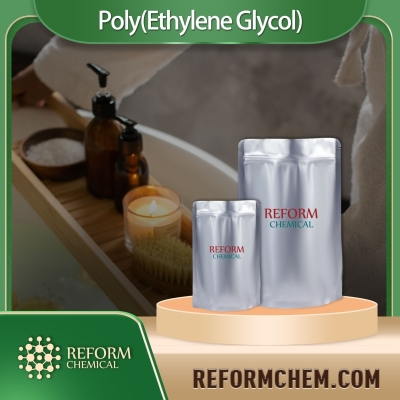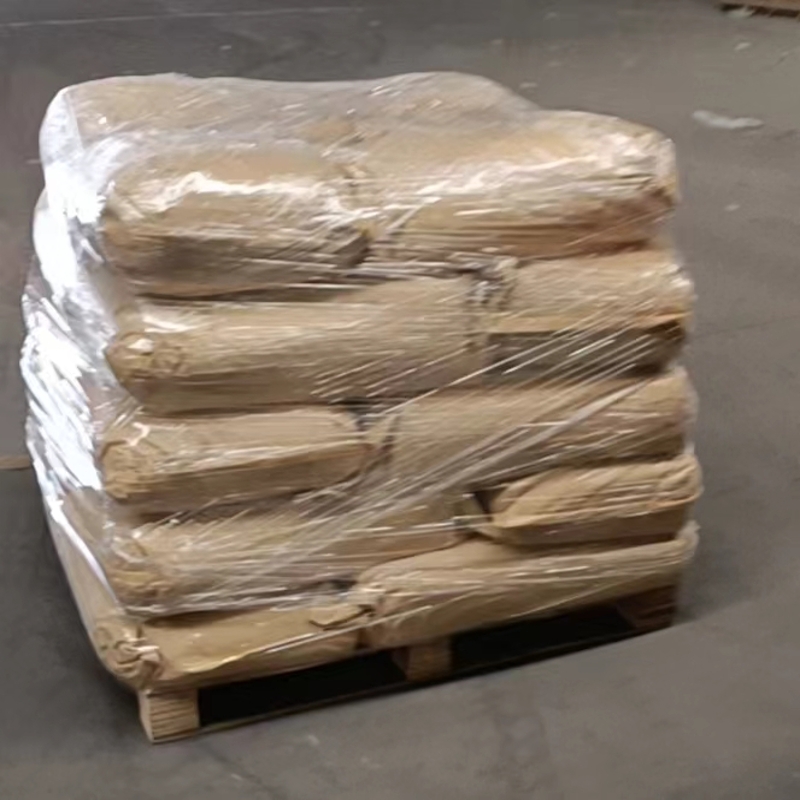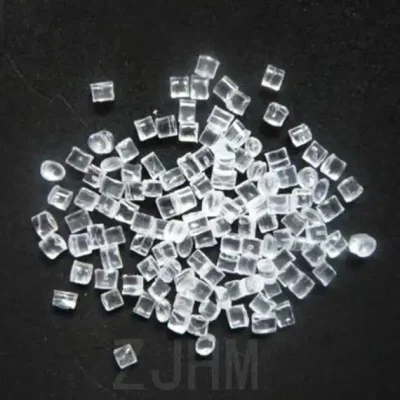-
Categories
-
Pharmaceutical Intermediates
-
Active Pharmaceutical Ingredients
-
Food Additives
- Industrial Coatings
- Agrochemicals
- Dyes and Pigments
- Surfactant
- Flavors and Fragrances
- Chemical Reagents
- Catalyst and Auxiliary
- Natural Products
- Inorganic Chemistry
-
Organic Chemistry
-
Biochemical Engineering
- Analytical Chemistry
-
Cosmetic Ingredient
- Water Treatment Chemical
-
Pharmaceutical Intermediates
Promotion
ECHEMI Mall
Wholesale
Weekly Price
Exhibition
News
-
Trade Service
Sinochem News reported on July 13, news from Fujian Normal University that Zhang Zhangjing's research group from the School of Chemistry and Materials of the university used simple organic molecules to self-assemble hydrogen-bonded organic framework materials (HOFs) to obtain the separation of ethylene and ethane.
Important progress
.
Related research results were published on Nature Chemistry
Industry experts believe that this work uses simple organic molecular compounds to achieve high-efficiency separation of ethylene and ethane at working temperature for the first time, which will greatly promote the practical application of hydrogen-bonded organic framework materials in high-efficiency and low-energy industrial separation
.
According to the researchers, in the latest research, they used the flexibility of the framework to propose a "gating mechanism" strategy for the coordinated regulation of temperature and pressure to achieve efficient separation of ethylene and ethane
.
Based on the design and synthesis of new organic small molecules, the researchers prepared a hydrogen-bonded organic framework material with unique "rigid and flexible" pore characteristics through self-assembly.
The experimental results show that as the temperature increases, the threshold pressure required for gas adsorption increases, and the co-adsorption phenomenon is minimized at the working temperature (333K) to achieve the best ethylene separation effect
.
The single crystal structure shows that ethylene molecules are adsorbed in the pores through weak CH.
Ethylene is the core of the petrochemical industry.
It is estimated that by 2023, the global annual production capacity of ethylene will exceed 200 million tons
.
In the ethylene production process, cryogenic rectification technology is often used to separate ethane to achieve purification, which will consume a large amount of energy, exceeding 0.
Using crystalline porous materials, such as metal-organic frameworks, covalent organic frameworks and hydrogen-bonded organic frameworks, many advances have been made to achieve efficient adsorption and separation of hydrocarbons
.
However, channel flexibility is often the main reason hindering the separation of low energy consumption and high purity ethylene







